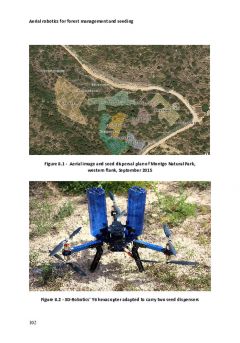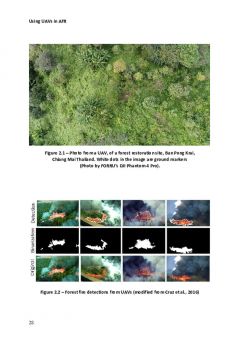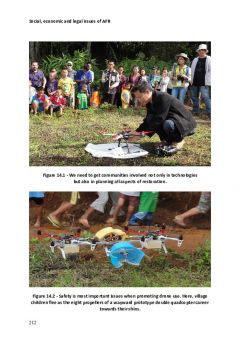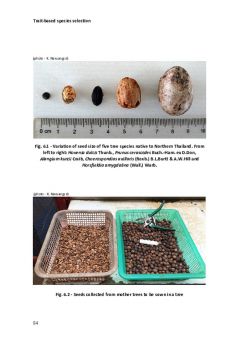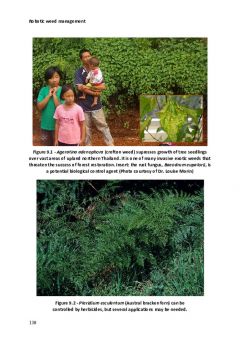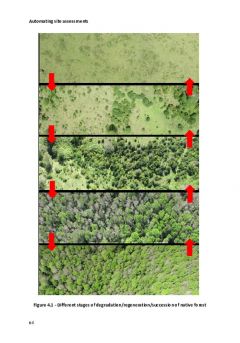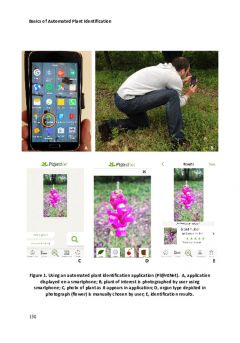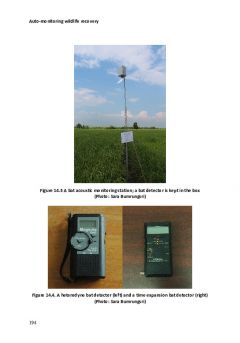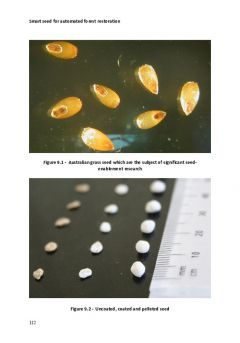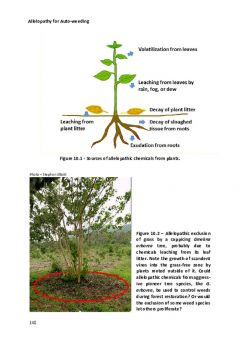Publications
1: Aerial robotics and forest management and seeding
ABSTRACT: Dronecoria is a reforestation project that uses customized DIY drones to disperse seeds (“dronechory”) in clay balls. Unlike traditional aerial seeding techniques, which often depend on...
2: Unmanned aerial vehicles for automated forest restoration
ABSTRACT: Unmanned aerial vehicles (UAVs) have been gaining in popularity and are used in many fields, including biodiversity conservation. They are currently available in many sizes and forms,...
3: Social, economic and legal issues of automated forest restoration
ABSTRACT: Practitioners often concentrate most on the technical aspects of forest restoration and less on the social aspects, whilst often ignoring legal aspects. Social considerations include...
4: A trait-based approach for selecting tree species for aerial seeding
ABSTRACT: We review recent ecological research on functional traits that can aid selection of tree species for restoration by aerial seeding. A major barrier in selecting species for restoration...
5: Innovation and robotics in forestry weed management
ABSTRACT: Traditional and established methods of weed management are outlined, from hand-weeding, to the use of herbicides and biological control. Recent new developments in detection and control...
6: Automating site assessments using data from UAVs
ABSTRACT: Much progress has been made in remotely detecting forest loss, particularly by using satellite imagery. However, quantification of different stages of forest degradation continues to be...
7: Basics of automated plant identification
ABSTRACT: Historically, image-based dichotomous plant identification keys precede text-based ones by nearly one hundred years. Having lain in conceptual torpor for over 300 years, the notion of...
8: Auto-monitoring wildlife recovery
ABSTRACT: Wildlife monitoring during forest restoration addresses such questions as: What species re-colonize or disappear from restored areas? How many individuals are present? What are the...
9: Smart seed for automated forest restoration.
ABSTRACT: Aerial seeding may be an effective way to restore forest ecosystems on inaccessible or remote sites; it has been used for almost 80 years in agriculture and now is a widespread practice...
10: Allelopathy for weed management in forest restoration
ABSTRACT: In forest restoration, weeds compete with tree seedlings for water, nutrients, sunlight and space, as well as act as habitat for pests and diseases. Allelopathy - the inhibition of one...
-
- 41: 13
- 12: 5
- 34: 5
- 13: 4
- 37: 4
- 15: 3
- 33: 3
- 10: 2
- 14: 2
- 39: 2
- 11: 1
- 35: 1
- 36: 1
- 40: 1
- 55: 1
-
- 42: 21
-
- 21: 21
- 48: 5

